Spending two days in Lucerne is an excellent way to start or conclude a Rhine River Cruise. Adding this charming Swiss city to your itinerary is well worth the time, especially since it allows for a day trip to the stunning Swiss Alps.
Alan and I had intended to visit Lucerne after our Christmas Markets Cruise. Unfortunately, a back injury necessitated my hospitalization in Switzerland while waiting for a Medjet escort to return home. What a disappointment that was.
Nevertheless, Debi Lander from My Itchy Travel Feet, who is a featured writer, enjoyed two delightful days in Lucerne. I highly recommend checking out Debi’s travel tips for things to see and do. When Alan and I finally return to Lucerne, we will definitely follow her advice.
Growing up, my family didn’t have a budget for travel, so we would vacation at my grandparents’ house. However, stories in books transported me to distant lands, and I often dreamed of being on faraway shores.
One of my favorite childhood books was Heidi, written by Johanna Spyri. It tells the story of a young orphan girl sent to live with her grandfather in the Swiss Alps, where she develops a profound love for the mountains and nature—feelings I share. Reading Heidi and admiring its illustrations fueled my desire to see the majestic Alps, picturesque chalets, and grazing cows.
My chance to visit Switzerland came when I signed up for a river cruise starting from Basel. The boat would navigate the Rhine River to Cologne, Germany, and I was excited to embark on this adventure with my travel buddy Judy.
A friend who had previously taken the river cruise urged me to include time in Lucerne, and I’m so thankful I listened to her recommendation.
Traveling to Lucerne by Train from Zurich Airport
True to the generalizations about Swiss efficiency, the Zurich airport was impeccably clean and well-organized. We simply crossed the street and boarded a train directly to Lucerne. Swiss Rail makes travel easy: the trains are punctual, the seats are comfortable, and the panoramic views through the windows are breathtaking.
After about an hour, we arrived in Lucerne, and a brief five-minute walk from the train station took us to the Hotel des Alpes, which I had booked right by the lake.
The city’s beauty and ambiance are unparalleled. I felt exhilarated and happy to finally be in Switzerland!
Boomer Travel Tip
MedjetAssist members who are hospitalized beyond 150 miles from home can receive medical transport back to a hospital of their choice in their home country. Memberships start at $99.
Day One: Exploring Lucerne Old Town
Chapel Bridge
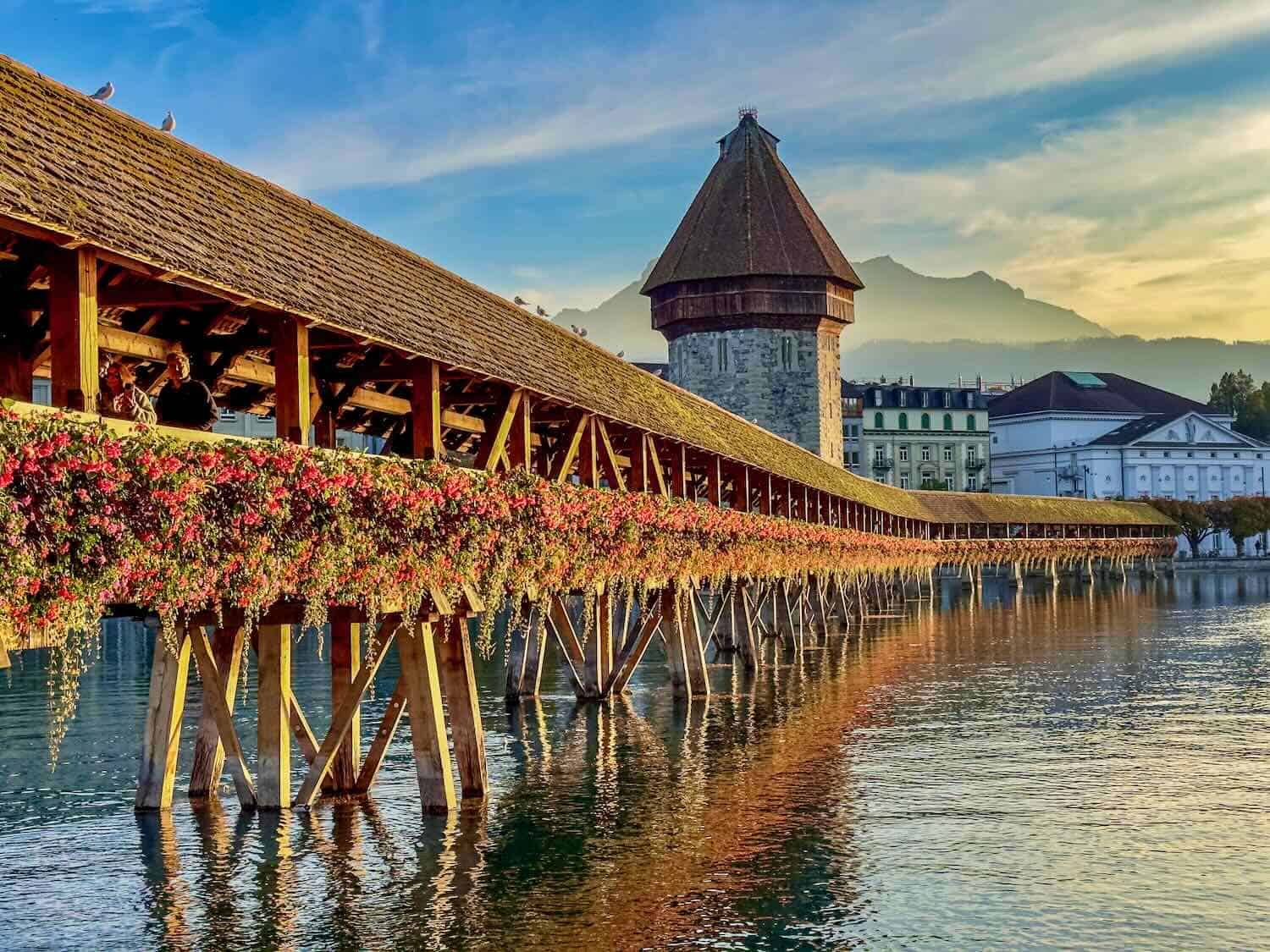
After dropping off our luggage, we set off to explore the city, crossing the famous Chapel Bridge. This charming wooden bridge, originally built in 1333, spans the Reuss River and features unique angles throughout its length.
Considered one of the oldest covered wooden bridges in Europe, it boasts beautiful flower boxes and historical religious paintings on its beams.
The Historic Old Town of Lucerne
We retraced our steps and leisurely wandered through the pedestrian-friendly historic center, just a block away from Lake Lucerne. (Car-free town centers are a significant advantage for tourists, especially when adjusting to jet lag.)
As we strolled, we admired centuries-old buildings adorned with historic murals and artistic depictions from long-gone guilds. Every turn revealed charming fountains, vibrant flowers, quirky rooftops (some tricky to photograph), and inviting shops.
Lion Monument
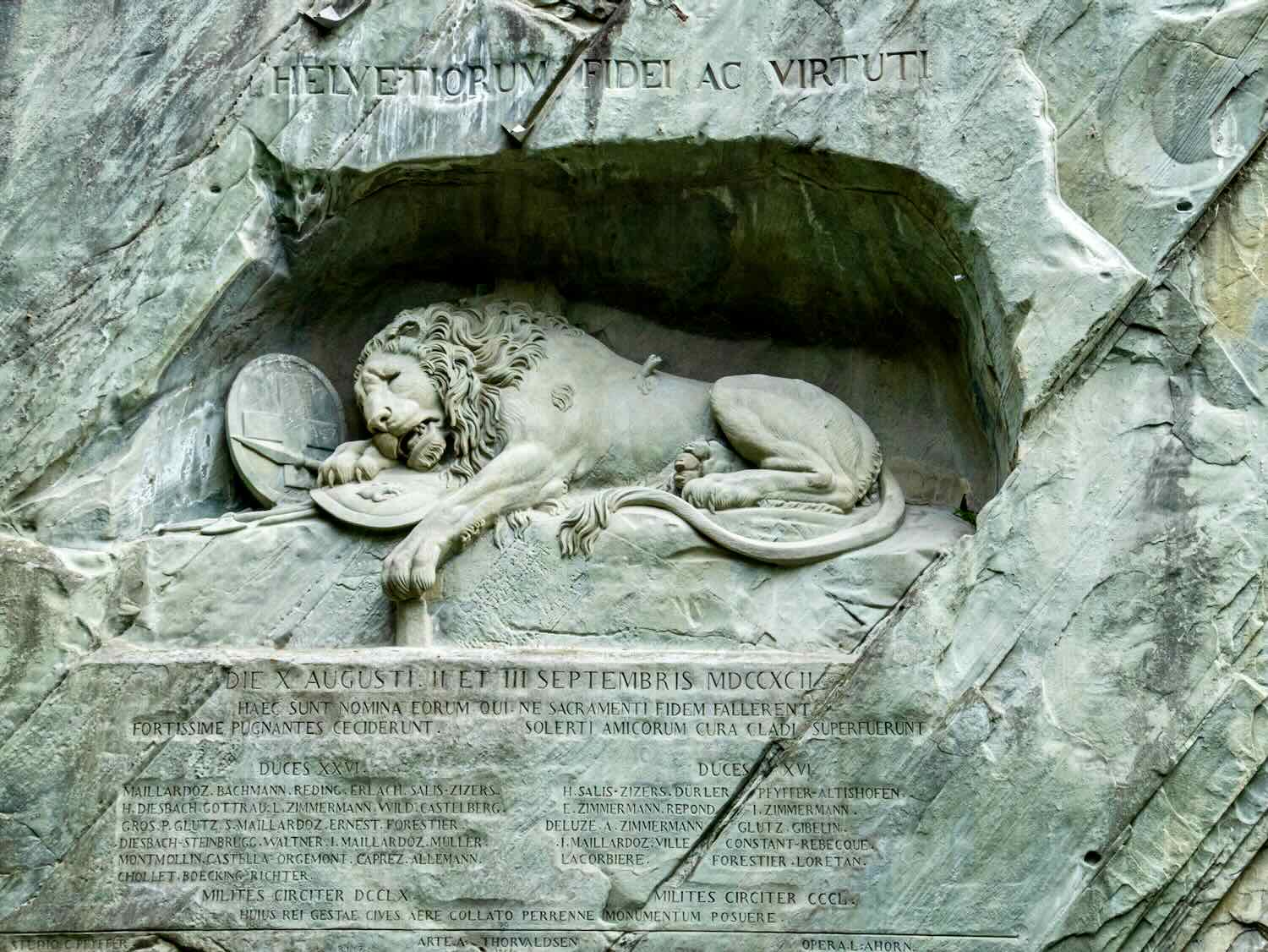
To prepare for our travels, I usually read guidebooks, blogs, and tourist information, and I also discuss plans with fellow travelers. Many had encouraged me to visit the Lion Monument, constructed in 1821. So, Judy and I made our way to this famous landmark.
The Lion of Lucerne is a moving tribute to the Swiss Guards who perished during the French Revolution in 1792. There’s no admission fee; visitors simply walk up to a large sandstone rock face and see an impressive sculpture of a dying lion, wounded and draped in the Swiss flag.
The lion’s expression is one of deep sorrow and pain, and Mark Twain famously described it as “the most mournful and moving piece of stone in the world”—a sentiment I wholeheartedly echo.
Glacier Garden Museum
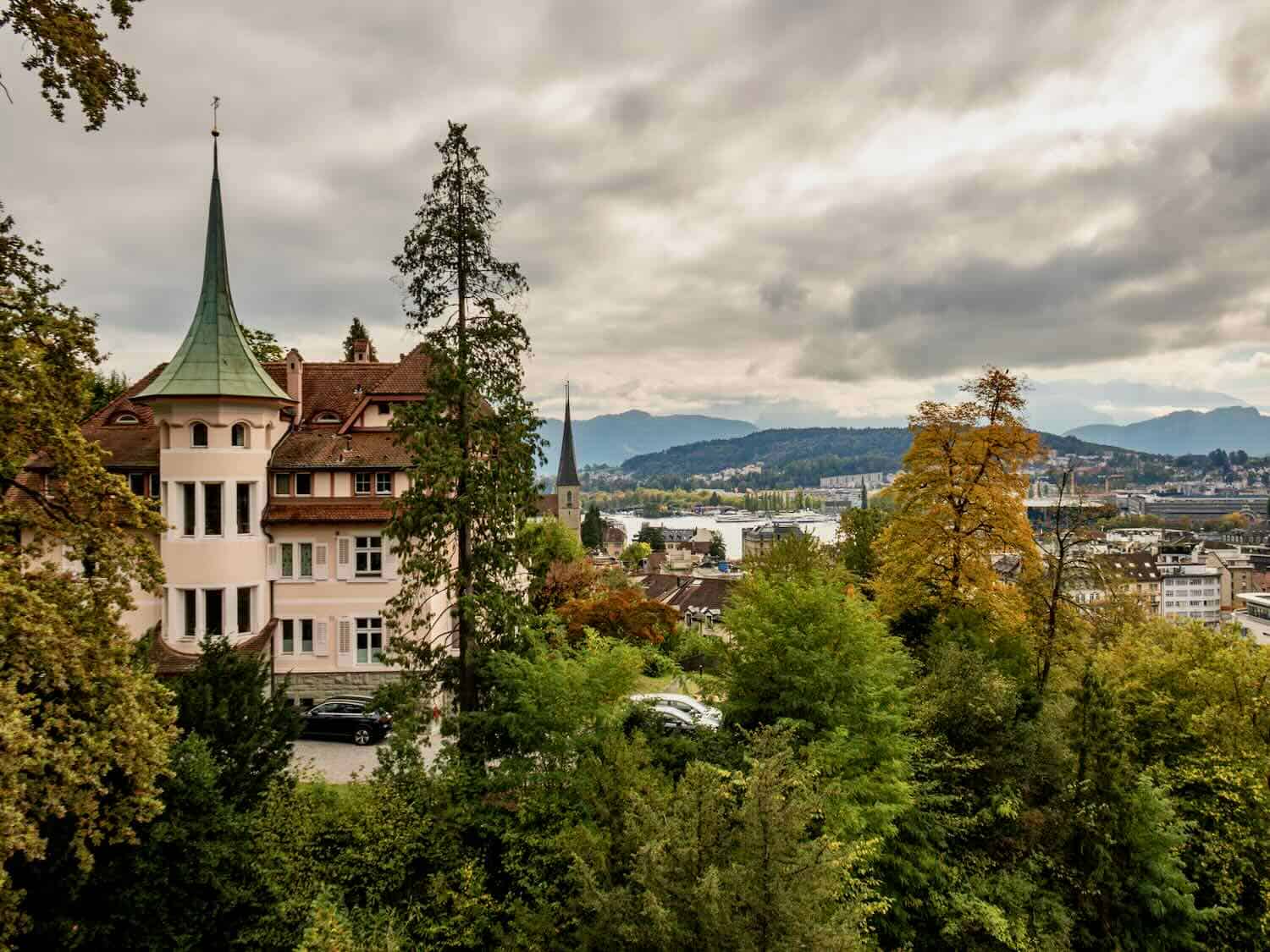
Adjacent to the Lion Monument is the Glacier Garden Museum (Gletschergarten), which turned out to be a delightful surprise. This museum features interactive exhibits that guide visitors through geological history, the Ice Age, and the formation of the Alps.
You can wander through a cave-like tunnel and ascend stairs that lead to rock gardens, which provide stunning views over the lake and city, including the distant sight of Mt. Pilatus, rising around 7,000 feet above sea level.
An unexpected highlight was entering the museum’s Mirror Maze, where we lost ourselves in a labyrinth of reflected images. This hall of 51 mirrors was originally built in 1896 for the Swiss National Exhibition in Geneva and relocated to Lucerne in 1899.
The overwhelming reflections left us in stitches, and we exited the maze feeling exhausted from our laughter. I can’t recommend this attraction highly enough.
Sampling Swiss Delicacies
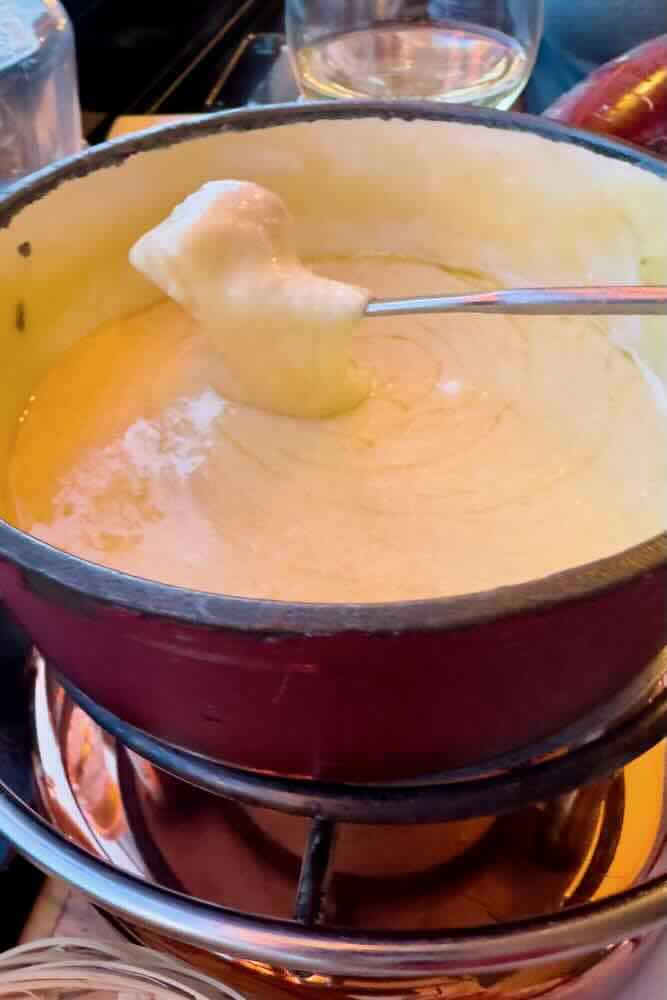
As evening approached, we indulged in a quintessential Swiss experience—dining by the lake with a steaming pot of cheese fondue. To make it even better, we paired it with delicious Swiss chocolates. Dinner proved to be the perfect end to an adventurous day of exploration, and we enjoyed a good night’s sleep.
Day Two in Lucerne: Golden Day Round Trip Tour
The next morning, we embarked on the Golden Day Round Trip Tour, starting with a foggy boat cruise. Though the weather featured gray, low-hanging clouds, I still enjoyed being out on the water.
Boat Cruise Across Lake Lucerne
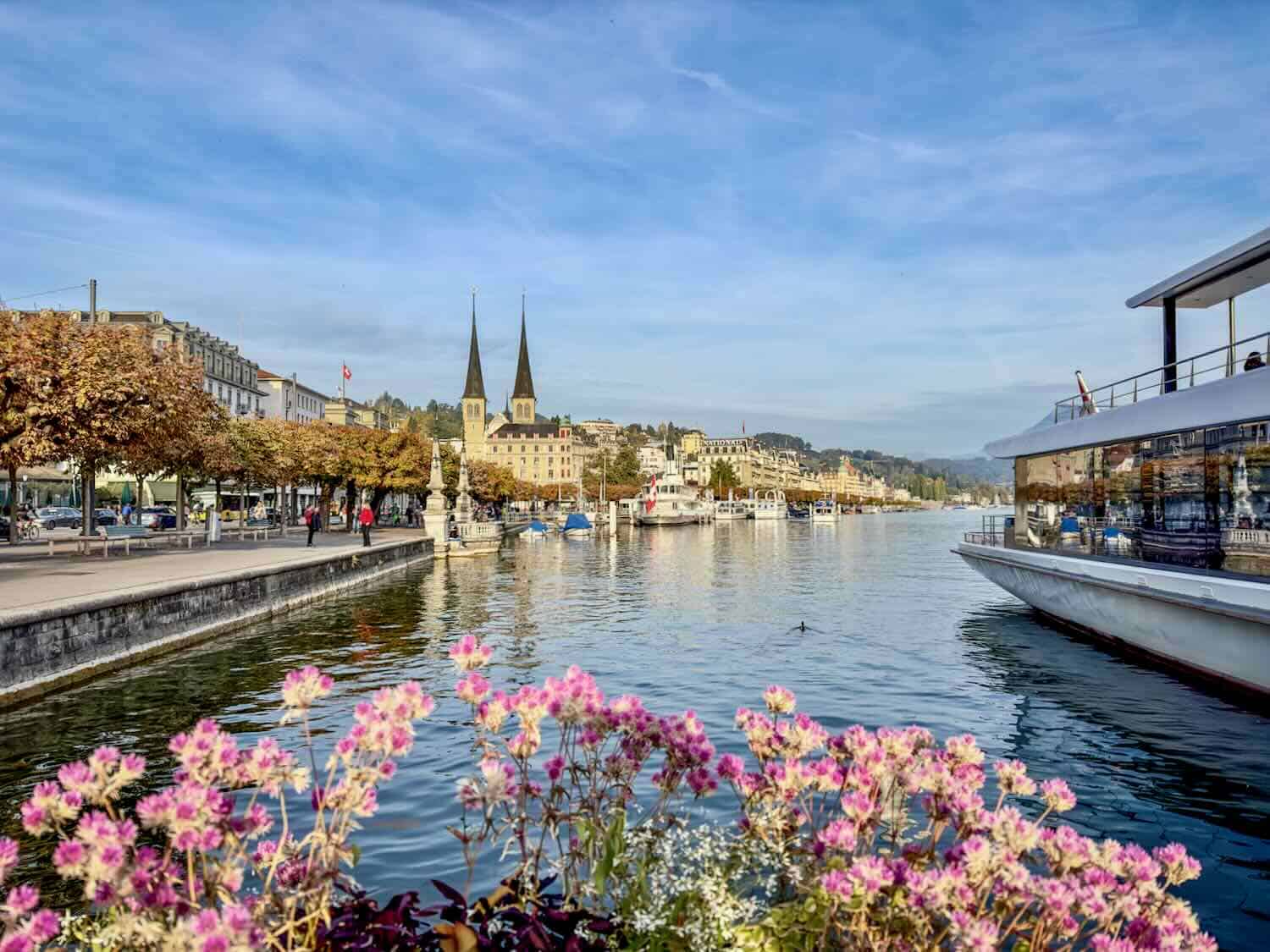
The boat ride took about 30 minutes, and we disembarked near the entrance to the world’s steepest cogwheel railway, where we boarded a rapid cogwheel train that ascended to Mt. Pilatus.
Cogwheel Train to Mt. Pilatus
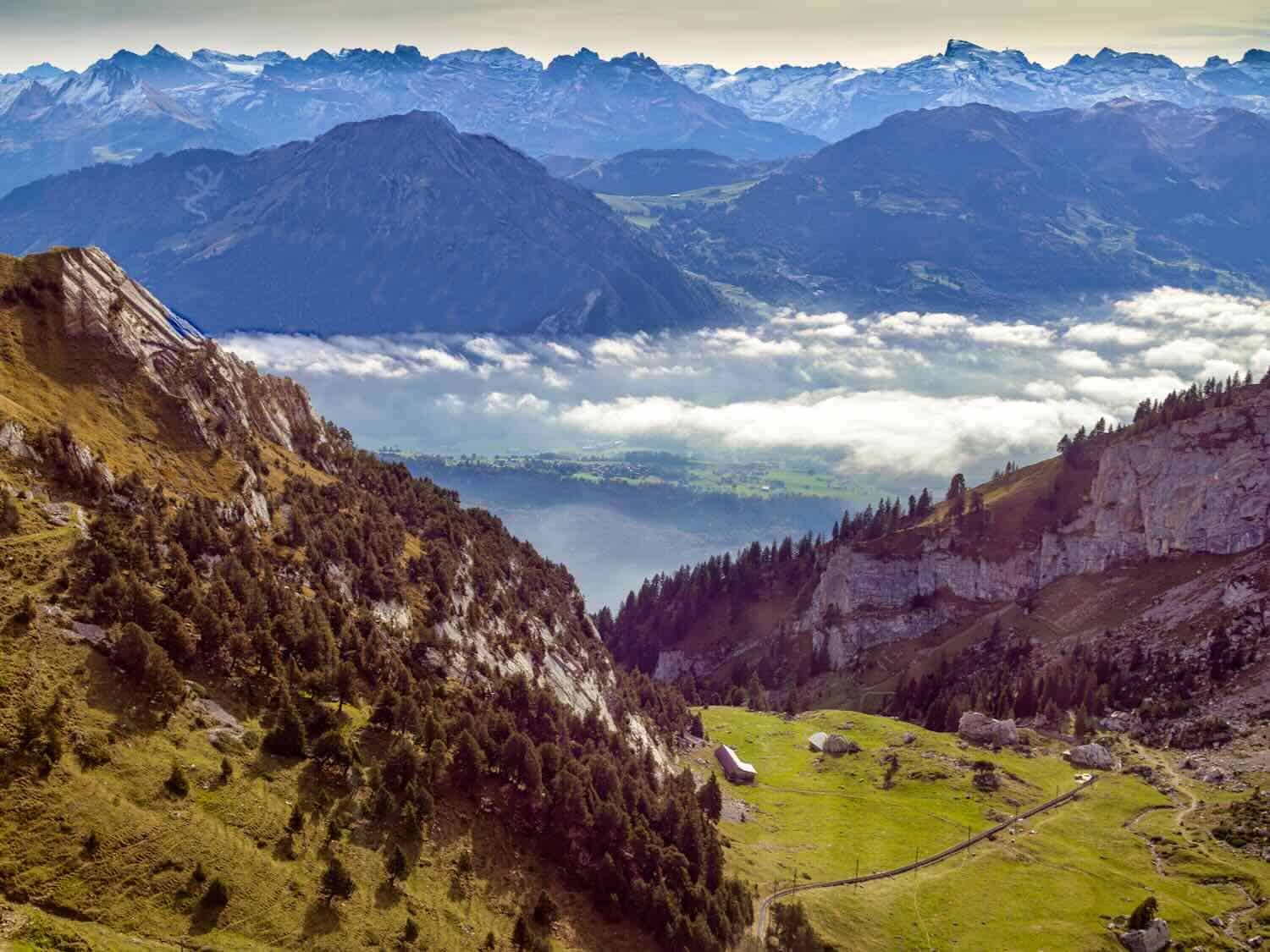
As we climbed higher, the landscapes changed dramatically. We left the fog-covered lake behind and emerged into sunny skies at the rocky summit.
Taking a moment to catch our breath, we reveled in the breathtaking panorama of the Alps: Eiger, Mönch, and Jungfrau—a dream realized.
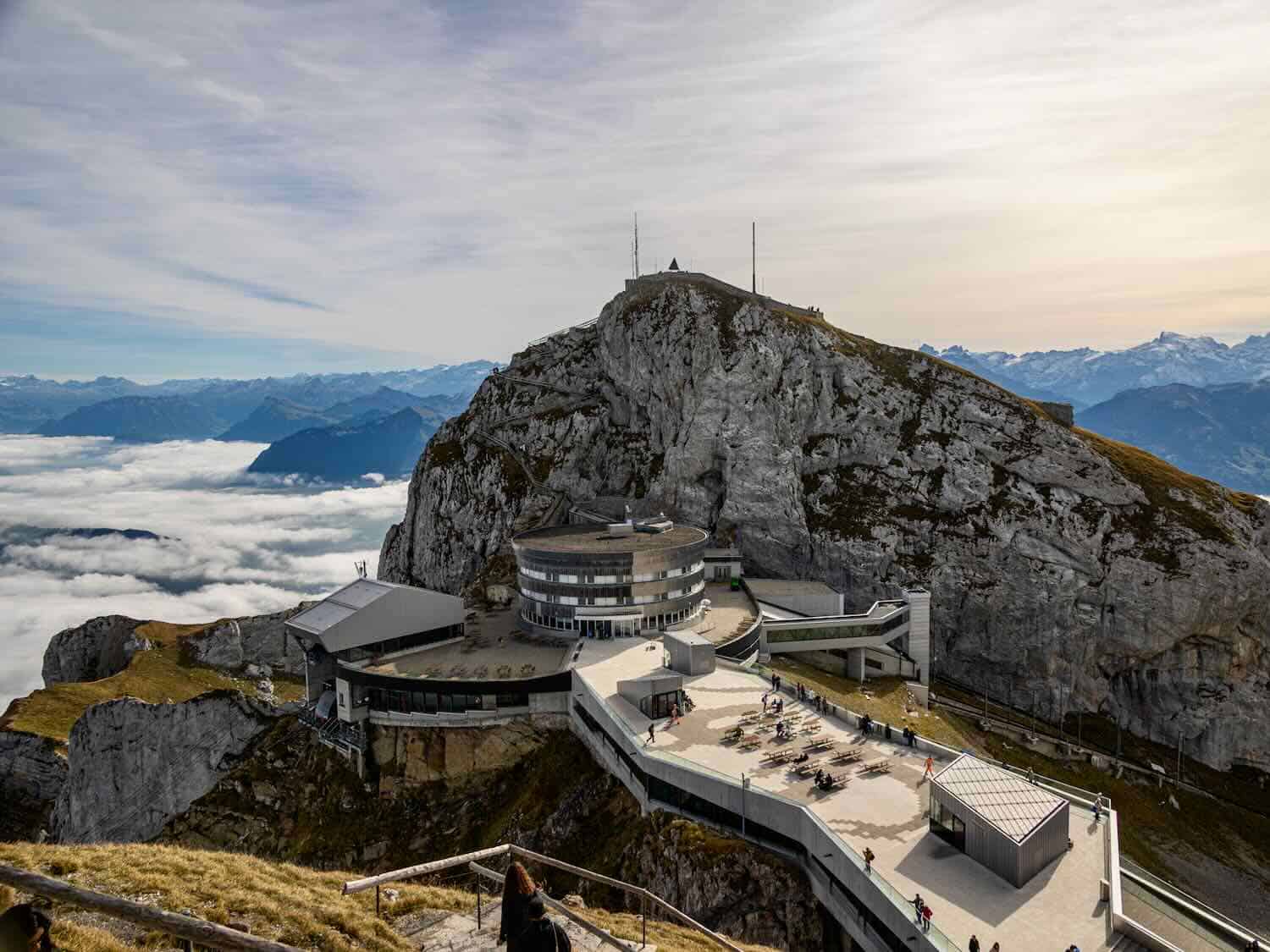
The transition from the town below to the towering peaks of the Alps was magical. Everyone we encountered seemed enchanted by the extraordinary scenery.
By the coffee stand, we also met some adventurous hikers who had completed the challenging climb—a feat I admired greatly but wouldn’t dare attempt myself.
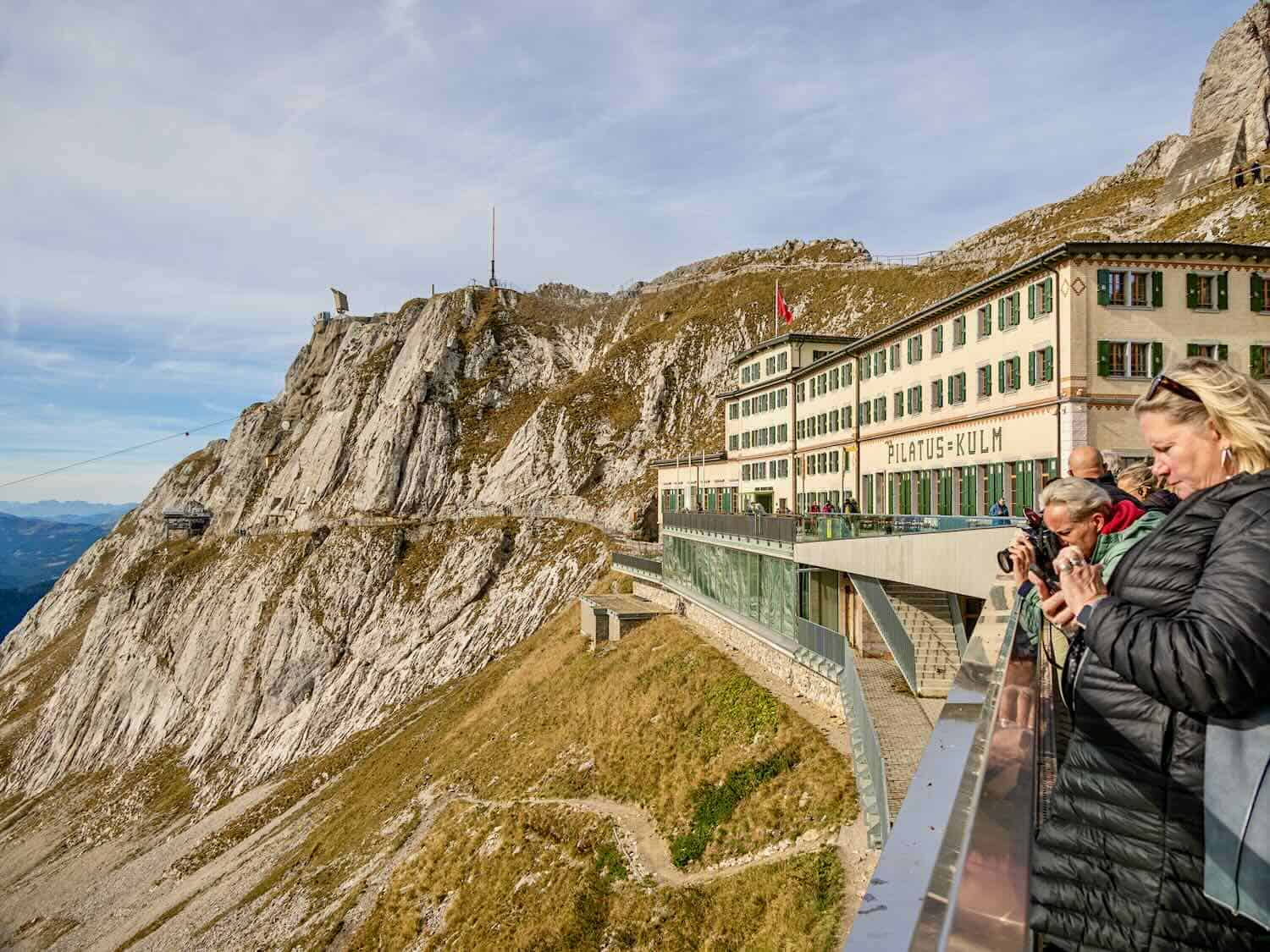
The viewpoints on the mountain were breathtaking, and we wandered around various lookout points at our own pace, which I really appreciated.
Taking the Dragon Ride Aerial Cableway to Kriens
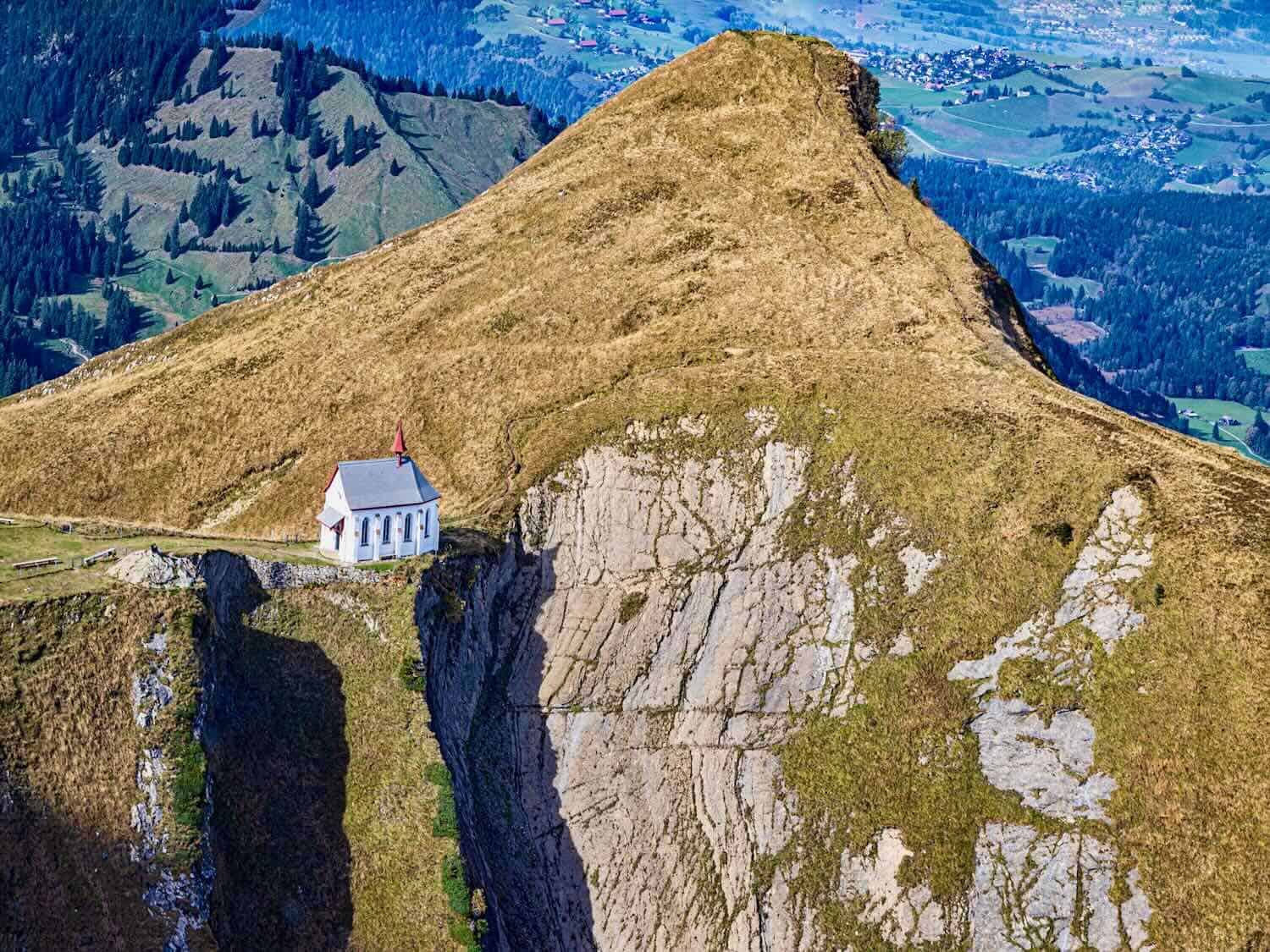
When we were ready, we took the Dragon Ride, an aerial cableway to Kriens, which offered even more breathtaking views.
Tip for Families: If traveling with children, check out the free interactive animated dragon story in the Dragon World area located inside the Pilatus-Kulm building.
While I snapped some photos, I noticed a small chapel clinging to the mountainside. Upon further research, I discovered that it’s called the Klimsenhorn Chapel, built in 1861 by the Klimsen family, local hoteliers.
This quaint chapel is dedicated to St. Dominic, featuring a simple altar and wooden benches, accommodating around 10-15 people. Unfortunately, we missed visiting it. Tip: You can take a leisurely 20-minute downhill hike from the summit to see this alpine chapel.
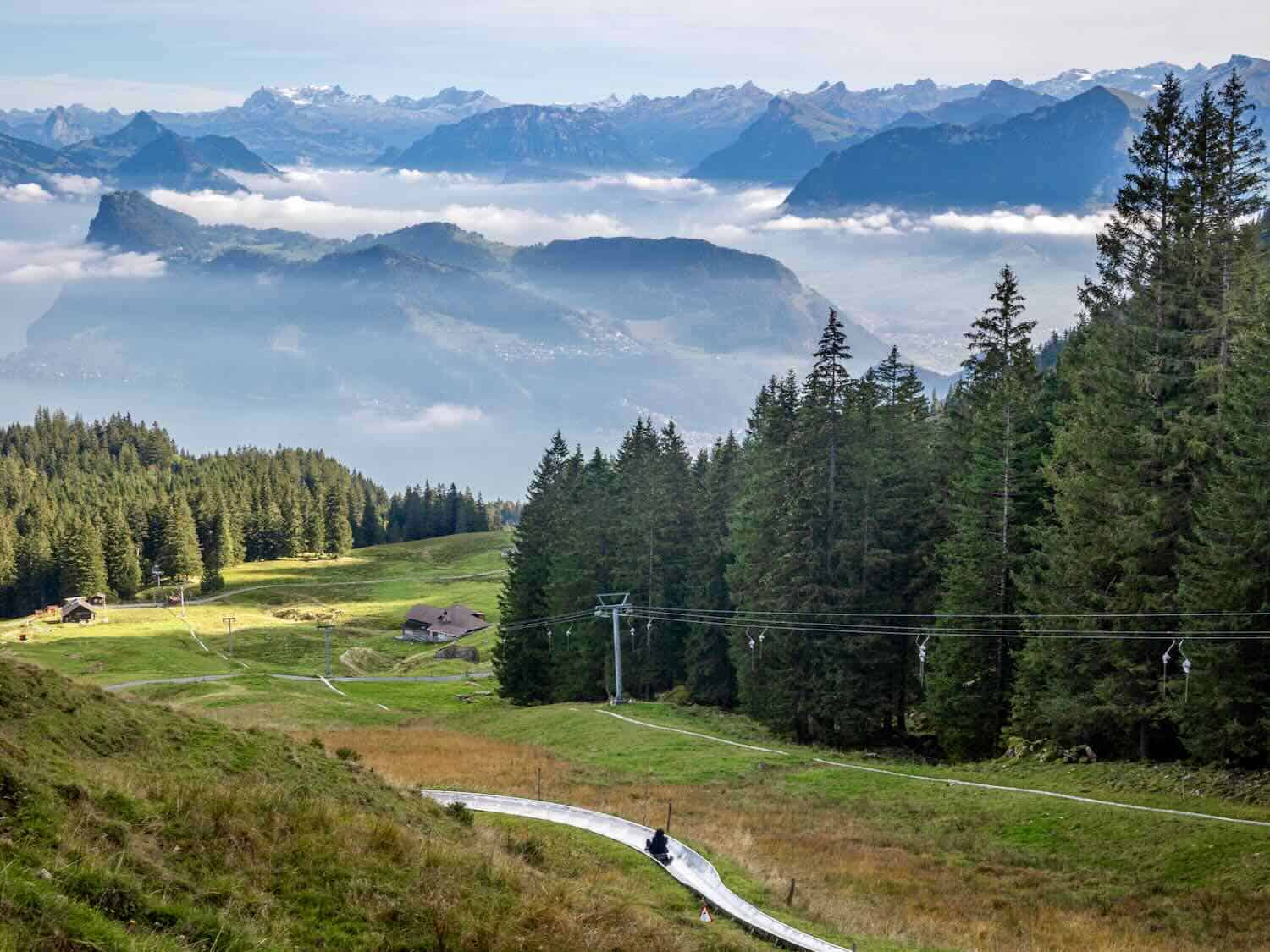
Instead, we opted for sandwiches and took a moment to observe the thrill-seekers tobogganing and conquering the rope courses. You could easily spend hours here before reluctantly moving on to another gondola.
Gondola Ride Back to Lucerne
The cable car ride brought us back to the outskirts of Lucerne. A well-marked short trail took us past a cemetery, where we paused to explore before continuing to the city center bus stop.
We didn’t linger in this business area; instead, we quickly hopped onto the next bus—our fare was included in the day trip.
Once we reached our hotel (the convenience of a well-located hotel cannot be overstated), we relaxed, snacked on Swiss chocolates, and took a nap.
Sunset Cruise on Lake Lucerne
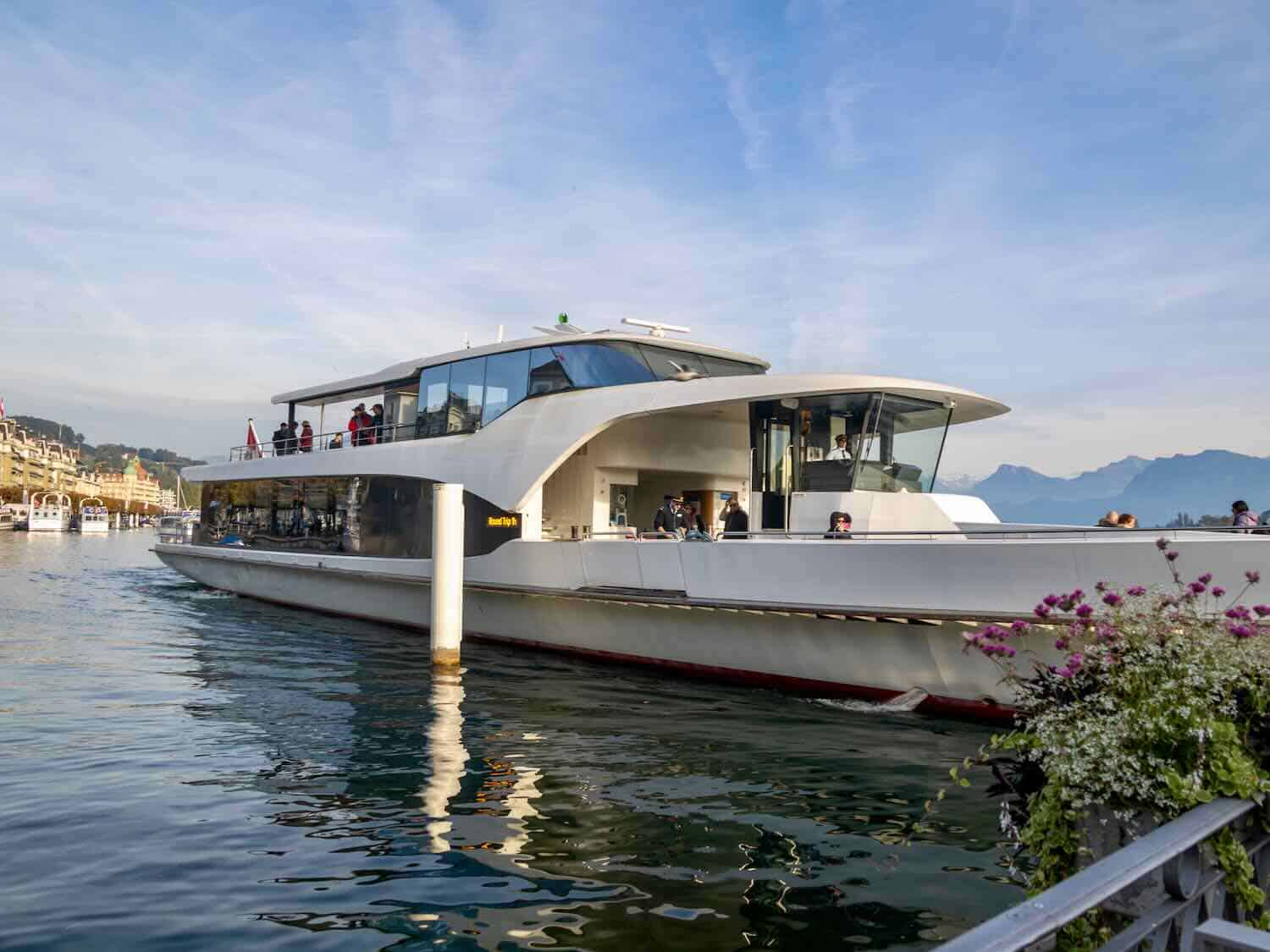
Our day ended with a one-hour sunset cruise on the lake. As we walked to the boat launch, we enjoyed the marina and the local shops along the promenade.
Unfortunately, the sunset did not put on a show. Nonetheless, the cruise’s narration delivered fascinating insights about the area, answered our questions, and enriched our experience in Lucerne.
We wrapped up the evening near our hotel, strolling around the lakeshore and savoring a nightcap at the outdoor bar.
Exploring Before a Train Ride to Basel
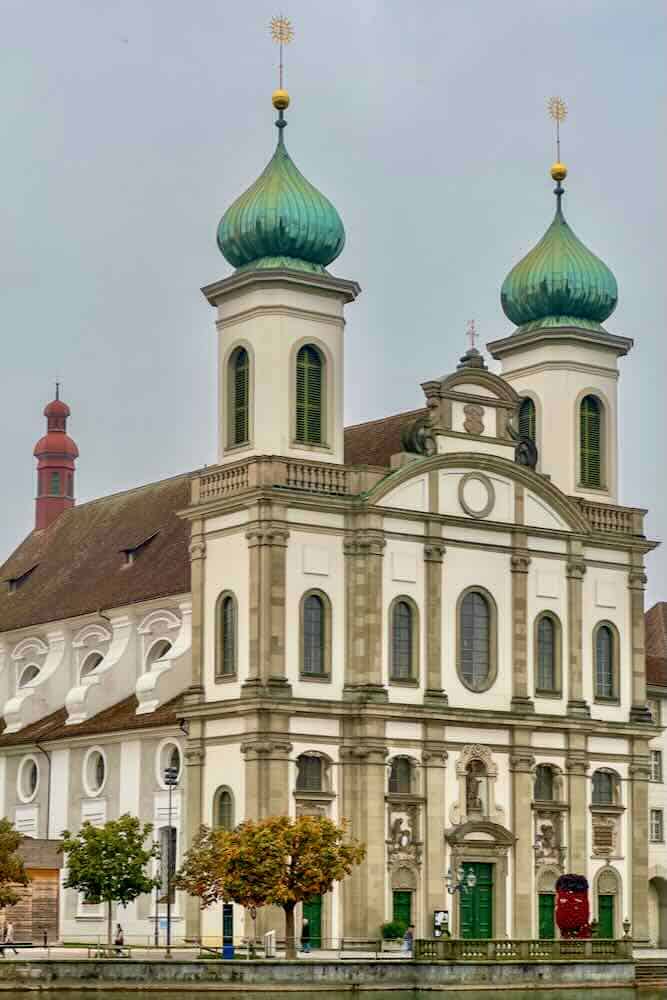
Before taking the train to Basel the following morning, we sought to visit the Jesuit Church, but it was closed. This church, built between 1666 and 1677, is considered one of Switzerland’s finest examples of Baroque architecture. We missed experiencing its richly decorated interior, grand ceilings, elaborate altars, and beautiful side chapels.
Instead, we encountered a fascinating cuckoo clock store (though quite pricey) and sampled more of the delectable chocolates—quite indulgent but a sweet consolation.
More Things to See in Lucerne
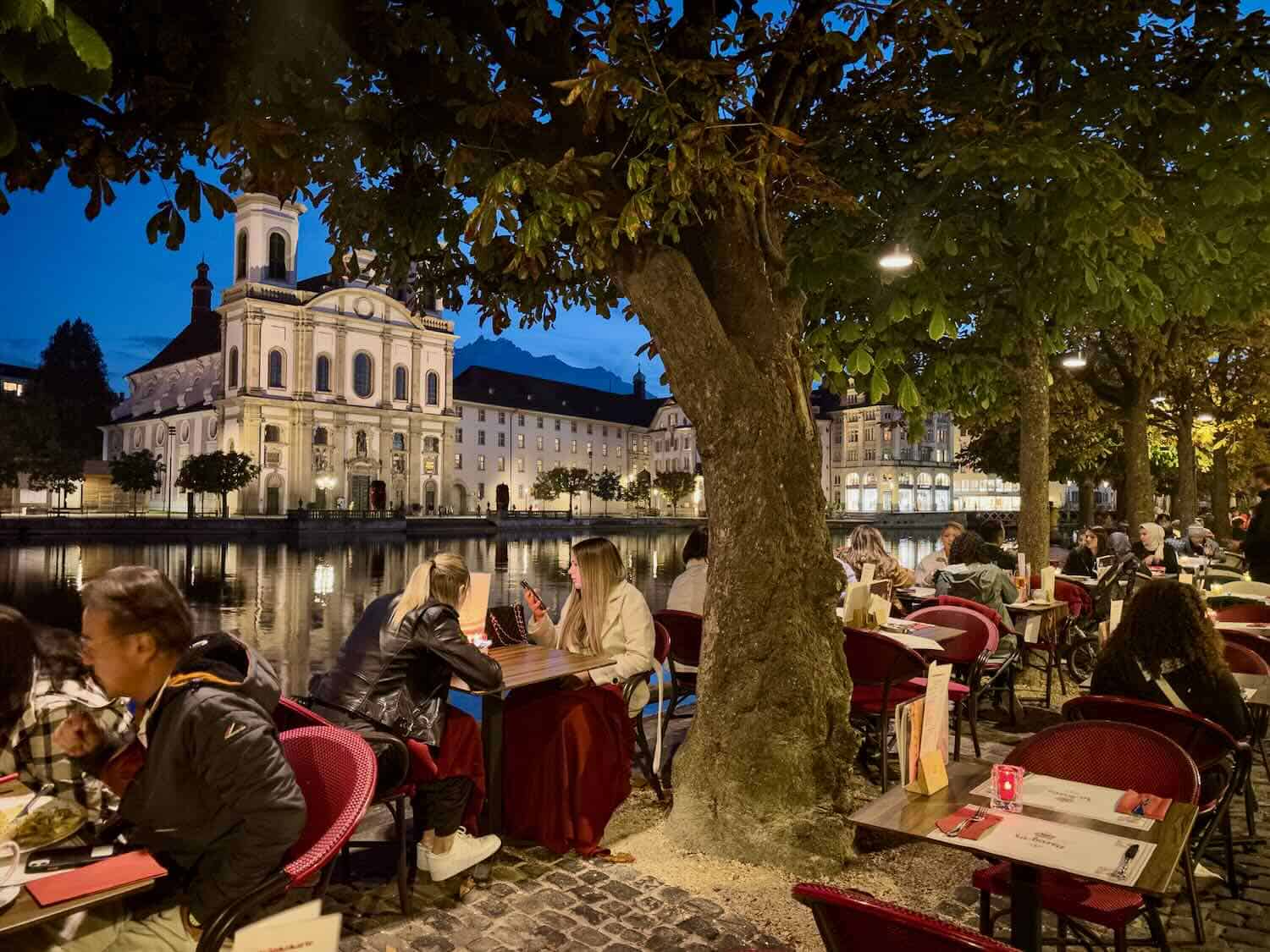
Even with just two days, we missed several museums in Lucerne. I would have loved to visit the Richard Wagner Museum, located in the villa where the composer spent his last years. The museum is said to provide fascinating insights into Wagner’s music and life, showcasing original manuscripts, letters, and personal artifacts.
We also missed the Swiss Museum of Transport, situated near the train station. This museum features an extensive collection of vehicles, including trains, planes, automobiles, boats, and even interactive exhibits, including a planetarium and a space shuttle launch simulation.
I feel fortunate that we included Lucerne in our itinerary along with the day trip to the Alps. Lucerne turned out to be a photographer’s paradise and an ideal introduction to our Swiss and German adventure. If you are planning a trip, make sure to spend at least one night in Lucerne—two days would be even better—you won’t regret it!
Tip: Many river cruises depart from Basel and include a stop in Lucerne; however, the duration of that stop is often only about an hour. This is absolutely insufficient to appreciate this beautiful city. Be sure to read your cruise itinerary carefully.
An unconventional yet intriguing option would be to spend a night at a hotel like the Hotel Pilatus-Kulm, located at the summit of Mt. Pilatus.



